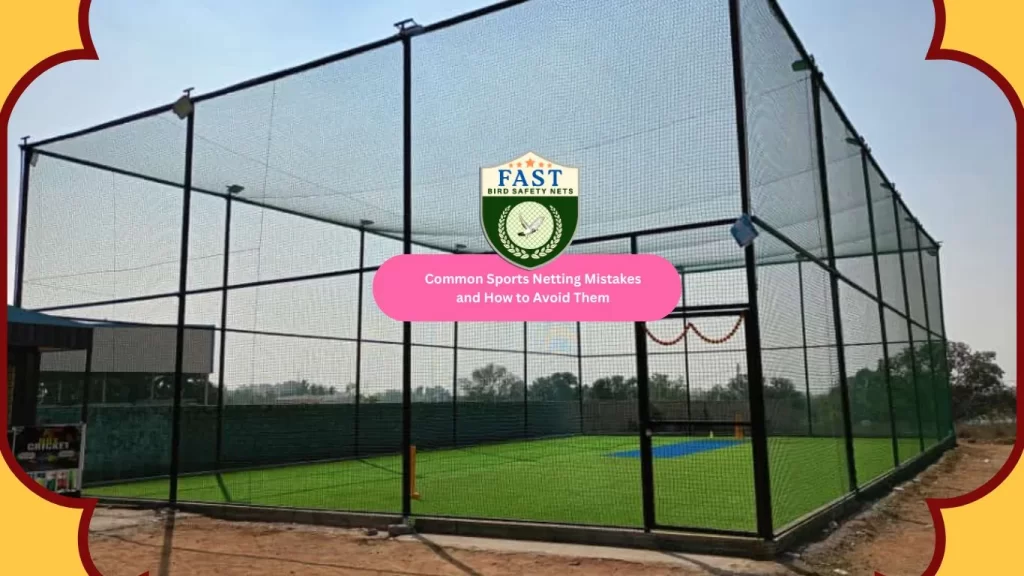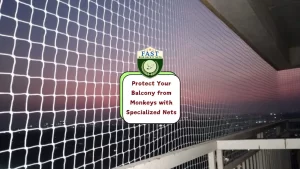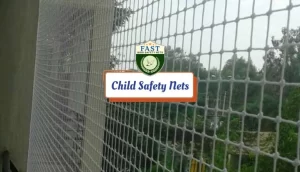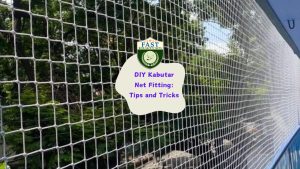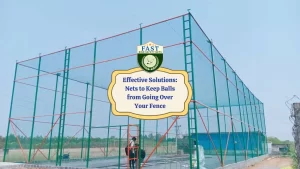Sports netting plays a crucial role in ensuring safety and performance in various athletic activities. However, improper installation or maintenance can lead to safety hazards and performance issues. In this guide, we’ll discuss common sports netting mistakes and provide tips on how to avoid them to ensure optimal safety and functionality.
1. Inadequate Planning and Preparation
Mistake: Neglecting proper planning and preparation before installing sports netting.
Avoidance: Conduct a thorough assessment of the sports facility, including dimensions, layout, and usage requirements. Consider factors such as wind load, tension requirements, and visibility to determine the appropriate netting specifications.
2. Poor Quality Netting Material
Mistake: Choosing low-quality netting material that is not suitable for the intended use.
Avoidance: Invest in high-quality netting material that is durable, UV-resistant, and designed for the specific sport or activity. Consider factors such as mesh size, material strength, and weather resistance to ensure longevity and performance.
3. Incorrect Installation Techniques
Mistake: Improper installation techniques that compromise the stability and effectiveness of the sports netting.
Avoidance: Follow manufacturer guidelines and industry best practices for installing sports netting. Ensure proper tensioning, anchoring, and support structures to prevent sagging, shifting, or failure during use. Consider hiring experienced professionals for complex installations to ensure safety and reliability.
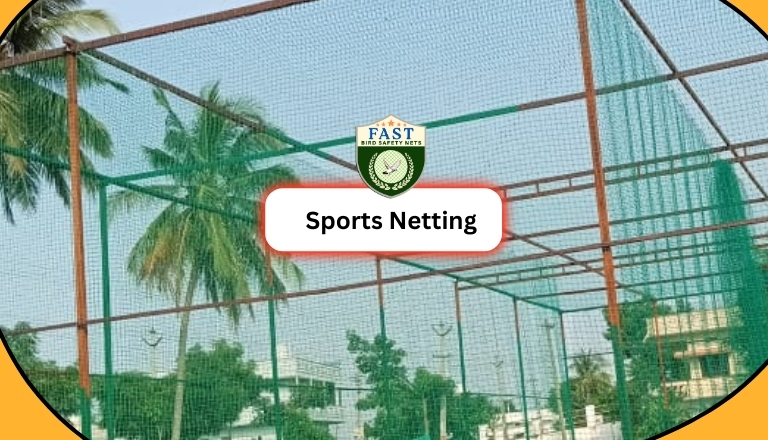
4. Inadequate Maintenance and Inspection
Mistake: Neglecting regular maintenance and inspection of sports netting, leading to wear and tear over time.
Avoidance: Implement a comprehensive maintenance schedule that includes regular inspection, cleaning, and repair of sports netting. Check for signs of damage, such as tears, fraying, or corrosion, and address issues promptly to prevent further deterioration. Replace worn-out components as needed to maintain optimal safety and performance.
5. Neglecting Environmental Considerations
Mistake: Overlooking environmental factors that can impact the performance and longevity of sports netting.
Avoidance: Consider environmental factors such as wind, sunlight, humidity, and temperature fluctuations when selecting netting material and installation methods. Choose UV-resistant materials for outdoor installations and implement measures to protect netting from harsh weather conditions, such as wind screens or protective coatings.
Conclusion
Avoiding common sports netting mistakes requires careful planning, quality materials, proper installation techniques, regular maintenance, adherence to safety standards, and consideration of environmental factors. By addressing these key aspects, you can ensure that sports netting provides optimal safety and performance for athletes, spectators, and facilities alike. Prioritize safety and quality to enhance the overall experience and enjoyment of sports activities.

